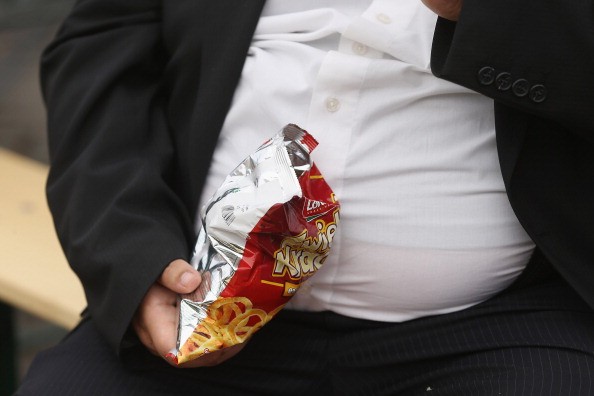
New government data shows that the percentage of adults who are obese has held steady in all but five states.
These results were collected through a telephone survey, the Behavioral Risk Factor Surveillance Systems (BRFSS) conducted in 2014 by the U.S. Centers for Disease Control and Prevention. Only in Kansas, Minnesota, New Mexico, Ohio, and Utah were there small increases in the number of people who are obese. The rest of the states had no change in the number of people who are obese.
The report found that rates of obesity now exceed 35% in three states (Arkansas, West Virginia and Mississippi) and are at or above 30%in 22 states. Arkansas had the highest adult obesity rate at 35.9%, while Colorado had the lowest at 21.3%. No state has an obesity rate below 21%.
Seven out of the ten states that have the highest obesity rates are in the South. Twenty-three of the top 25 states are in the South and Midwest.
Obesity is becoming far more common that in the past. In 1980, no state had an obesity rate above 15%. In 1991, no state had an obesity rate above 20%. Now, nationally, more than 30% of adults are obese. Nearly 17% of children and adolescents aged 2 to 19 year olds are obese. More than 8% of children aged 2 to 5 are obese.
Obesity is defined as having a body mass index (BMI) above 30. About one third-78 million-of all Americans are obese. Obesity puts a person at an increased risk for a range of health problems, including heart disease, diabetes and cancer.
The CDC released the state obesity rates, and the information was analyzed in a separate report by Trust for America's Health, an advocacy group. You can read that report, "The State of Obesity 2015: Better Policies for a Healthier America," here.



